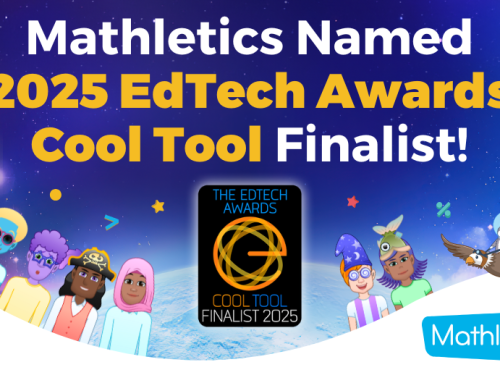Did you know? The U.S Department of Education provides financial assistance to local educational agencies (LEAs) and schools with high percentages of children from low-income families to help ensure that all children meet state academic standards.
Research shows that when schools, families, and community groups work together to support learning, children tend to perform better in school, stay in school longer, and like school more.
What is Title 1 Part A?
Title 1, Part A, is designed by the U.S Department of Education, as amended by the Every Student Succeeds Act (ESEA), to support schools and districts with high numbers or high percentages of children from low-income families.
It is also known as Education for the Disadvantaged — Grants to Local Educational Agencies, Improving the Academic Achievement of the Disadvantaged, Title I ESEA, Title I LEA Grants.
To help ensure that all children meet challenging state academic standards, the funding allocation process for Federal funds is based on four formulas that take into account census poverty estimates and the cost of education in each state.
- Basic Grants
- Concentration Grants
- Targeted Grants and
- Education Finance Incentive Grants
How do schools receive Title I, Part A funds?
The federal government first provides funding to each state based on census data. Then, each State Educational Agency awards money to its Local Educational Agencies.
LEAs determine schools eligible for Title I, Part A funding by following ESSA Title I Part A rules. Then, each LEA determines which of their schools will receive Title I, Part A program services based on the school’s Free and Reduce Lunch percentage.
The school will then:
- Identify the students who require the additional educational assistance based upon the criteria
- Set goals for improving the skills of students who are educationally disadvantaged
- Develop programs for each student to support or supplement regular classroom instruction
- Measure each student’s progress to determine the success of the Title I, Part A program
If you’re looking for a math resource, Mathletics offer comprehensive solutions to help K–8 students in Title 1 schools excel in mathematics.
Our program ticks all the criteria below:
✔ Address state standards
✔ Close the achievement gap
✔ Offer scientifically based strategies
✔ Extend learning time
✔ Provide customized professional development
✔ Support parental involvement
Why Mathletics?
We are the world’s leading online math program that builds confidence through personalized learning and empowers teachers to support their students’ learning.
As a comprehensive learning tool, Mathletics offers real-time reporting to monitor progress of the whole class or individual students, simplified lesson planning and hundreds of curriculum-aligned lessons and activities.
The various audio support in Mathletics also helps facilitate learning for Government-funded Special Education (SPED) students and English language learners (ELL) students.
By blending intrinsic and extrinsic rewards, we provide students with real challenges to test their mathematical skills and knowledge through best practice gamification and motivation pedagogy.
How Mathletics aligns with key tenets of Title 1
| Key Tenets of Title 1 | Alignment to Mathletics |
|---|---|
| High-quality, standards-aligned curriculum and assessments |
|
| Closing the achievement gap |
|
| Effective, scientifically based instructional strategies |
|
| Extended learning time |
|
| Professional development |
|
| Opportunities for parental involvement |
|
What educators are saying
“We LOVE Mathletics. When students see the iPads they get “super”-excited – they know it means “MATHLETICS TIME”. It has improved their reading, problem solving skills and to this point in the year their understanding of patterning, fractions, and probability. This program helps me to know where they are and where I need to re-teach and go next. The assigning of work, the gathering of data and information helps give a better picture of student success. Students are now very excited to go up in their Mathletics levels. Gold is the goal!”
“The biggest classroom impact I have noticed is that students now enjoy math. Students who are below year level now have plenty of opportunities to develop those core basic skills in math, while my advanced students are able to excel and explore a variety of new topics.”







